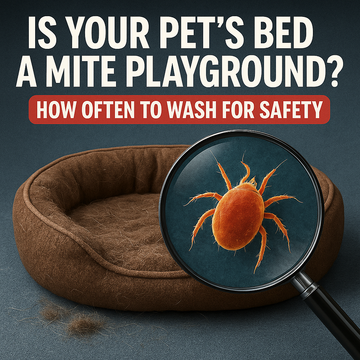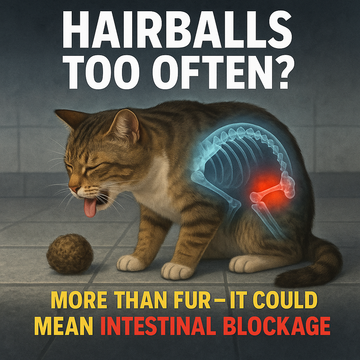Pet parents scrub dishes and mop floors daily, but the pet bed? It looks clean, but it’s a thriving colony of mites, dander, fur, bacteria, and fungi. Studies show pet beds often harbor more germs than your kitchen counter or bedsheets. Dust mites, staph, fungal spores—they all gather here. For pets: endless paw-licking, scratching, dermatitis, allergies, ear infections. For you: rhinitis, skin allergies. So—how often do you really wash it?
1) Why Pet Beds Get So Dirty

-
Direct contact: Hours of lounging deposit dander, saliva, oils.
-
Fur trap: Shedding season turns beds into “fur vaults” that also collect dust/pollen.
-
Moisture: Wet paws or post-bath pets raise humidity, fueling mites/mold.
-
Material traps: Plush, cottony fabrics absorb water and dry slowly.
2) Health Risks of a Dirty Pet Bed

-
Skin issues: Mites/fungi trigger itching, rashes, hot spots.
-
Respiratory problems: Dust/mold spores cause sneezing, congestion.
-
Recurrent ear infections: Bugs/bacteria reinfect via bedding contact.
-
Zoonotic risk: Resistant bacteria (e.g., MRSA) can survive weeks, raising cross-infection risk.
3) How Often Should You Wash?

-
Weekly at minimum: Treat it like human sheets—wash once a week.
-
Shedding/allergy season: Wash every 3–4 days.
-
Immunocompromised/skin disease pets: Every 2–3 days.
-
Hot wash: At least 140°F (60°C) to kill mites/bacteria.
4) Washing & Maintenance Tips

-
Removable covers: Choose zip-off designs, easy machine-wash.
-
Dryer sanitize: 30+ min hot cycle kills mites/dampness.
-
Vacuum/roll daily: Keep fur/dander down between washes.
-
Spare covers: Rotate two sets for a always-clean bed.
-
Pet-safe detergents: Skip bleach/harsh chemicals—gentle, safe cleaners only.
Final Tips
Don’t let your pet’s bed be a mite resort. Weekly wash, hot dry, daily fur removal—that’s baseline care. Your pet spends over half its life there; the bed’s cleanliness directly shapes their skin and respiratory health.
We share fresh dog/cat care tips every day—follow us at https://pawcassopet.com/




